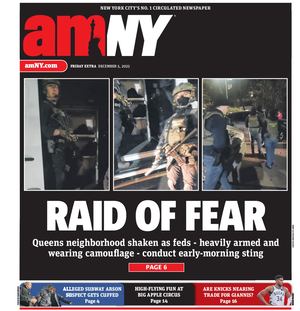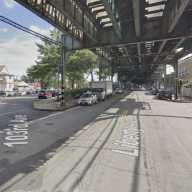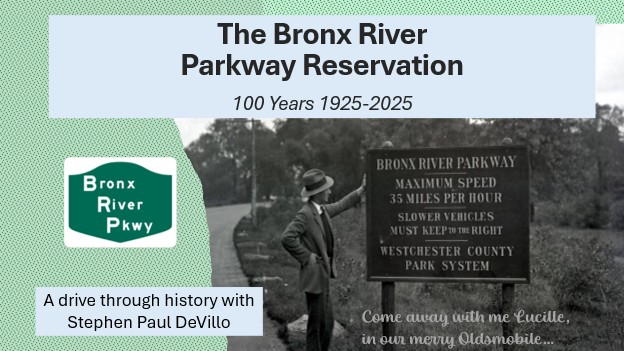After Zohran Mamdani’s victory following a campaign on a platform of making New York City more affordable, many are asking how housing developers will fare under the new administration.
The mayor-elect’s appointment of Dean Fuleihan as first deputy mayor, an experienced public official with a strong budgetary and financial background, was likely viewed positively by many in the development community.
Mamdani’s commitment to increase housing production and affordability means that mixed-income developers need to identify ways to keep rents low and still turn a profit. That is never easy, but the good news is the first deputy mayor understands the arithmetic and knows that subsidizing affordability is essential. Several factors contribute to this necessity.
First, the cost of land and construction in New York City is exceptionally high. Developers must pay premium prices for land, especially in neighborhoods with access to jobs, transit, and amenities. Construction costs, fueled by labor, materials, regulatory compliance, and insurance, consistently rank among the highest in the nation. These expenses are compounded by zoning requirements, building codes, and environmental regulations, all of which are necessary for rational planning, safety and quality but further inflate costs. And recently, construction costs are further rising due to tariffs and inflation.
Second, market forces incentivize developers to maximize profits by building market-rate housing rather than affordable units. The rent and sale prices needed to cover expenses and provide a reasonable return on investment often far exceed what lower-income households can pay.
Third, subsidies bridge the gap between what it costs to build and operate affordable housing and what tenants can afford to pay. Programs such as low-income housing tax credits, Section 8 vouchers, and government-issued grants or tax abatements make affordable development financially feasible. These subsidies reduce upfront costs, lower long-term operating expenses, or directly supplement tenant rent payments, enabling developments to serve low- and moderate-income households.
The first subsidy will remain the internal “cross-subsidy” by market rents within a mixed-income building. This is typified by “Mandatory Inclusionary Housing” projects which are the result of upzonings, where 20% to 30% of a residential development or conversion are required to be permanently set aside as affordable housing, with rents not exceeding affordable limits for households with incomes averaging 40% to 80% of Area Median Income. In those projects, the market rate housing essentially subsidizes the affordable housing, aided, in part, by New York State tax incentive programs “485-X” for new developments and “467-M” for conversions. But such projects constructed by developers, often with private financing sources, may not suffice to reach Mayor-elect Mamdani’s affordability goals.
Indeed, Mamdani has made clear that he views investing in public sector development and subsidies as essential to achieving his housing plans. His campaign platform vowed to “triple the City’s production of publicly-subsidized, affordable, union-built, rent-stabilized homes — creating 200,000 new units over the next 10 years.” Potential sources of subsidy he has identified include: municipal bonds – allocating $70 billion in new capital dollars in the city’s Ten-Year Capital Plan, raised on the municipal bond market; activation of city-owned land and buildings —using the city’s public land as a source of subsidy; and pooling individual rental assistance to more efficiently utilize the City Family Homelessness and Eviction Prevention Supplement (CityFHEPS) program.
CityFHEPS is a rental assistance program for families and individuals facing homelessness or eviction. It helps cover the difference between what tenants can afford and the actual rent, making market-rate apartments accessible. Other forms of direct subsidies to tenants include the Section 8 Housing Choice Voucher Program, which is a federally funded program that allows eligible low-income tenants to rent apartments in the private market. Tenants pay about 30% of their income toward rent, and the voucher covers the rest, up to a certain limit. The program is administered in the city by the New York City Housing Authority and the Department of Housing Preservation and Development.
Those and other subsidies will be essential for meeting the new administration’s housing production goals. And even if the new administration wants to limit private developers’ profitability, it will have to allow for enough subsidized assistance to convince not just developers but their lenders and investors that a proposed project will succeed financially (called “penciling out” in the industry).
In fact, the incoming mayor has acknowledged that to meet his housing goals private sector involvement and expertise is necessary. Private developers take significant risk every time they break ground and hope that below-grade site conditions, supply chain factors, government permitting, and even weather, will cooperate in enabling on-time, on-budget project completion.
The willingness to take those risks will not exist unless the limited rents on affordable housing come with hard subsidies. In that regard the private sector can build faster, better and cheaper than government-led projects ,which by their nature must follow time-consuming procurement processes and strict competitive bidding rules that necessarily add deal complexity and increase costs. Moreover, even public housing will be built by private sector firms and for-profit construction companies, so enlisting the expertise of private developers makes the most sense.
Speaking of public housing, the NYCHA campuses can move the housing production needle at scale if the critical path can be accelerated. With 150,000 homeless children, living in shelters, hotels, or temporarily sharing space with other families, the case for emergency action can be made. Indeed, one of the ballot initiatives that voters approved on Election Day creates a “fast-track” for publicly financed affordable housing projects. There is a good model in place for building new on the NYCHA campuses and voluntarily checkerboarding existing residents in run down units into the new housing, thus making way for the rehabilitation of existing units.
In conclusion, the interplay of high costs, insufficient market incentives, and the need for broad societal benefits means that affordable housing development in New York City cannot occur at scale without subsidies. Public and private investment is essential to ensure that the city remains accessible to people of all incomes, fostering inclusive communities and supporting the city’s continued growth and vitality. Without subsidies, affordable housing will remain out of reach for many New Yorkers, threatening the social and economic fabric that makes the city unique.
Dan Egers, a shareholder of Greenberg Traurig, focuses his practice on New York City land use and zoning.
Ed Wallace, co-chair of Greenberg Traurig’ New York office, is a former New York City Council member and counsel to the Citizens Budget Commission.






































